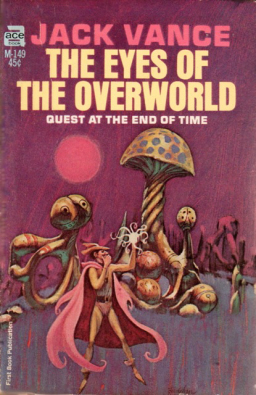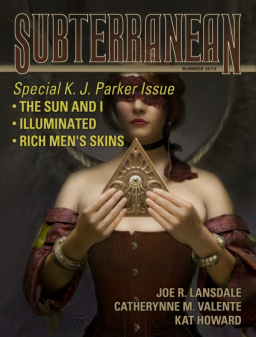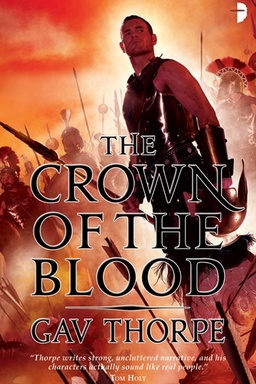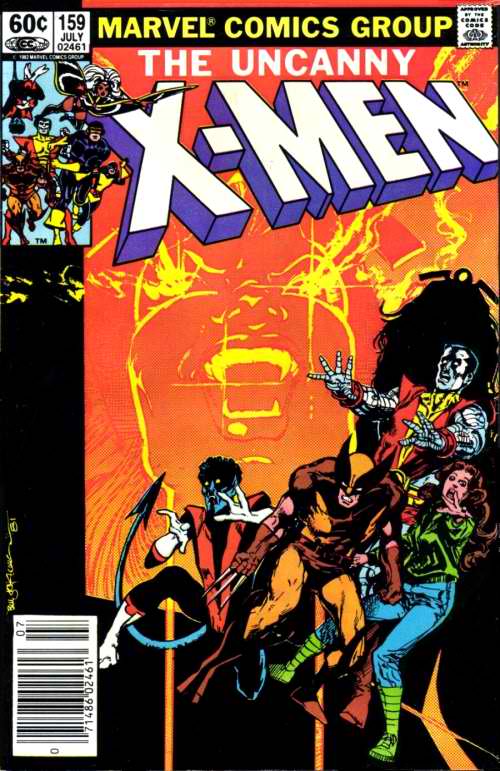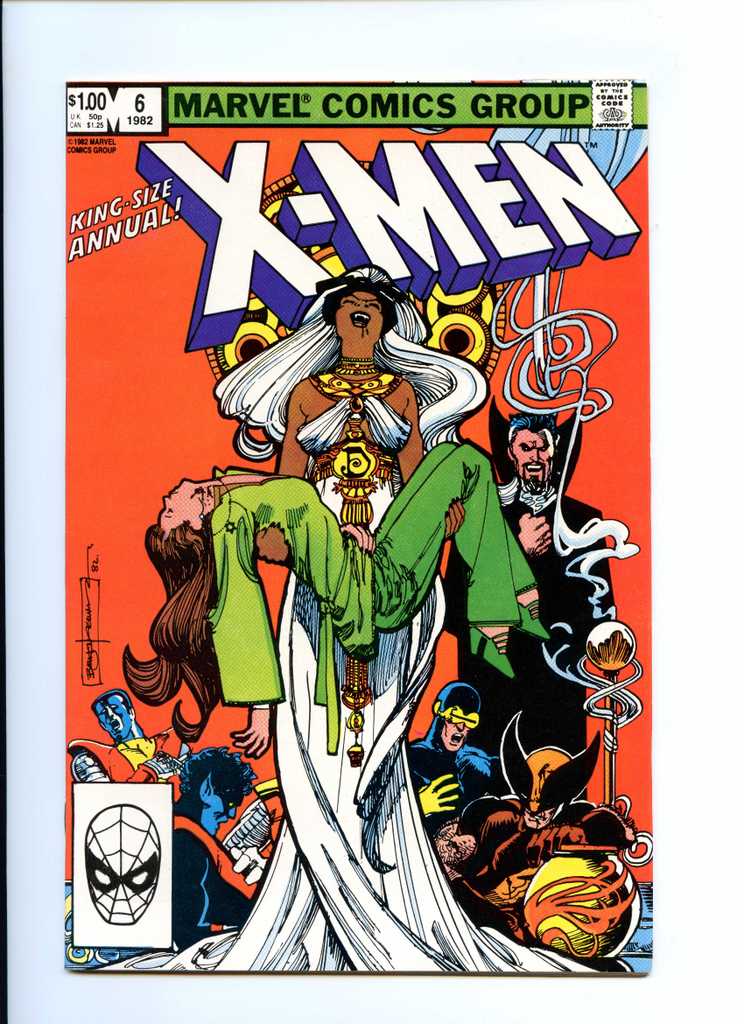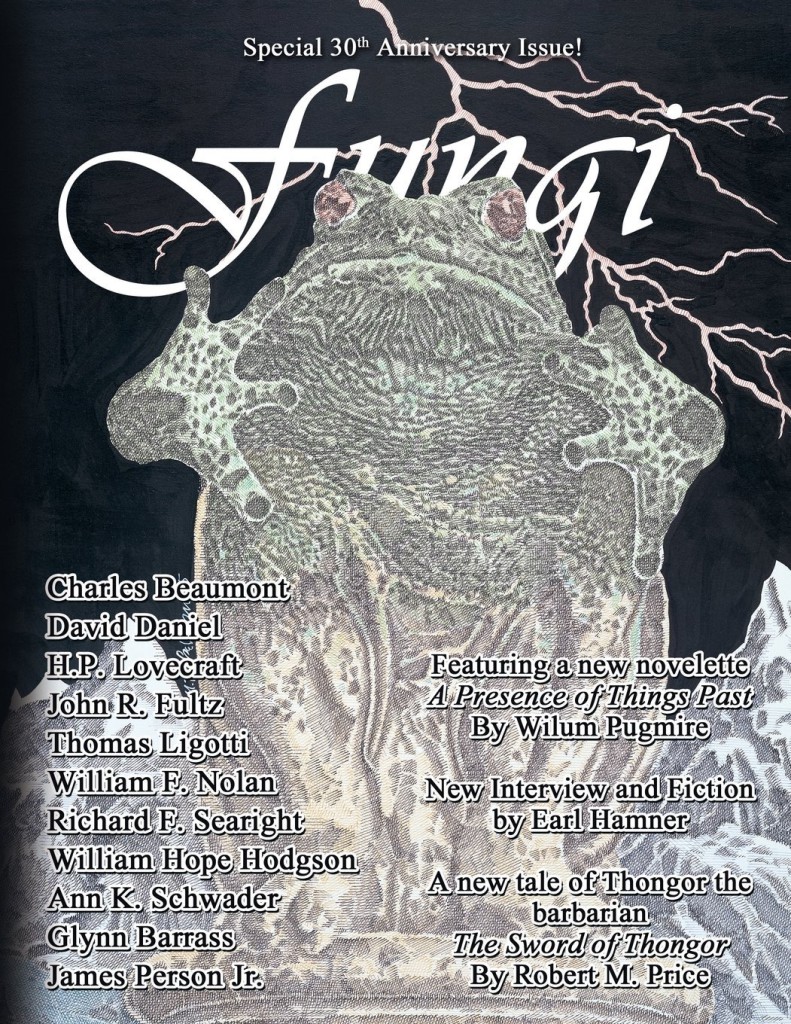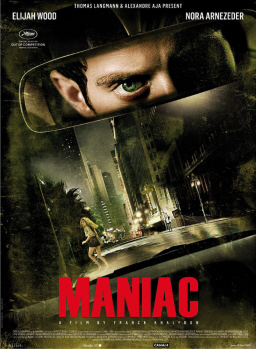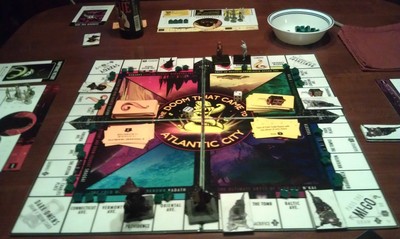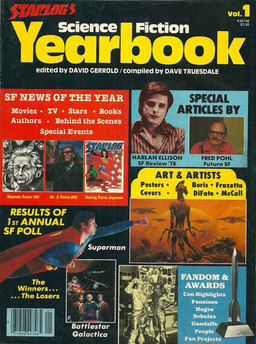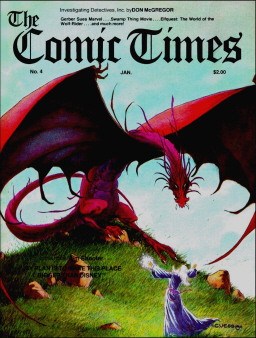The Secret Supplement: Greyhawk, Gygax, and Outdoor Survival
 A while ago, my 13-year-old daughter Taylor told me her friend Will had seen the famous “Advanced Dungeons and Dragons” episode of Community and wanted to learn how to play.
A while ago, my 13-year-old daughter Taylor told me her friend Will had seen the famous “Advanced Dungeons and Dragons” episode of Community and wanted to learn how to play.
“Sure,” I said. “Tell him to come over on Saturday and I’ll put together a quick adventure for both of you.” My 15-year-old son Drew joined in, creating a fighter, and even Tim, my 17-year old, got in on the action, rolling up a 1st level magic user.
That was over six months ago. What began as a simple session, involving a bunch of farm kids rescuing a dwarven thief named Jasper from marauding gobins, has evolved into an epic campaign, a desperate adventure to stop an army of hobgobins and orcs from completing a railroad that will bring war to their frontier home.
It’s the most fun I’ve had role playing in decades.
I introduced my kids to D&D years ago, but we played only intermittently, and the campaign — such as it was — never really built up steam. The addition of a fourth player, from outside the family, has brought with it a regular Saturday morning schedule, and the result is a much heightened level of interest from everyone involved.
Things are happening faster, they’re leveling up quicker, and they spend the days between sessions talking excitedly, planning, and trying to puzzle out how all the clues they’ve uncovered fit together to reveal the sinister plan behind events.
It’s brought a change in how I dungeon master, too. When I was DM for a group my own age, from roughly 1980 to 2000, there was a certain level of performance anxiety. Every session had to be bigger and better, each adventure more ambitious and epic than the last. I couldn’t just create a fun, two-hour subterranean module… I had to bring an entire underworld civilization to life, with a believable backstory and vast cast of heroes and villains.
